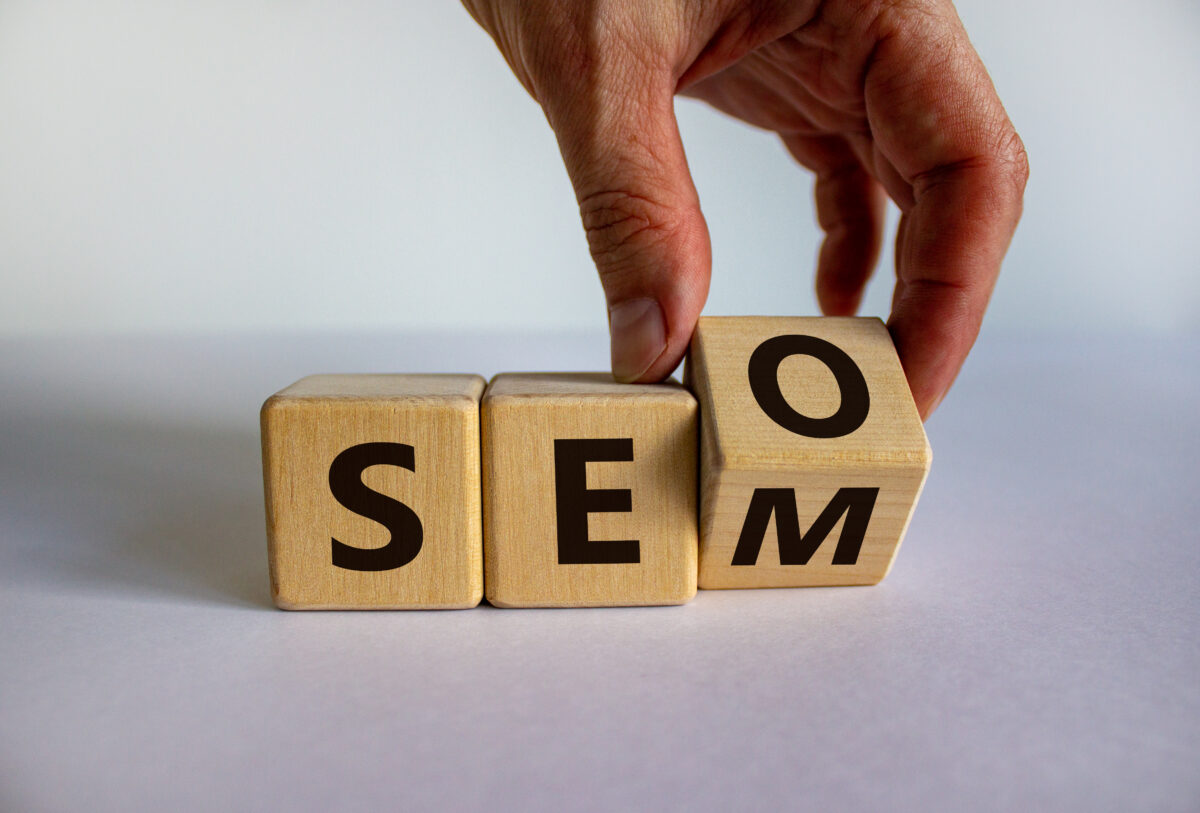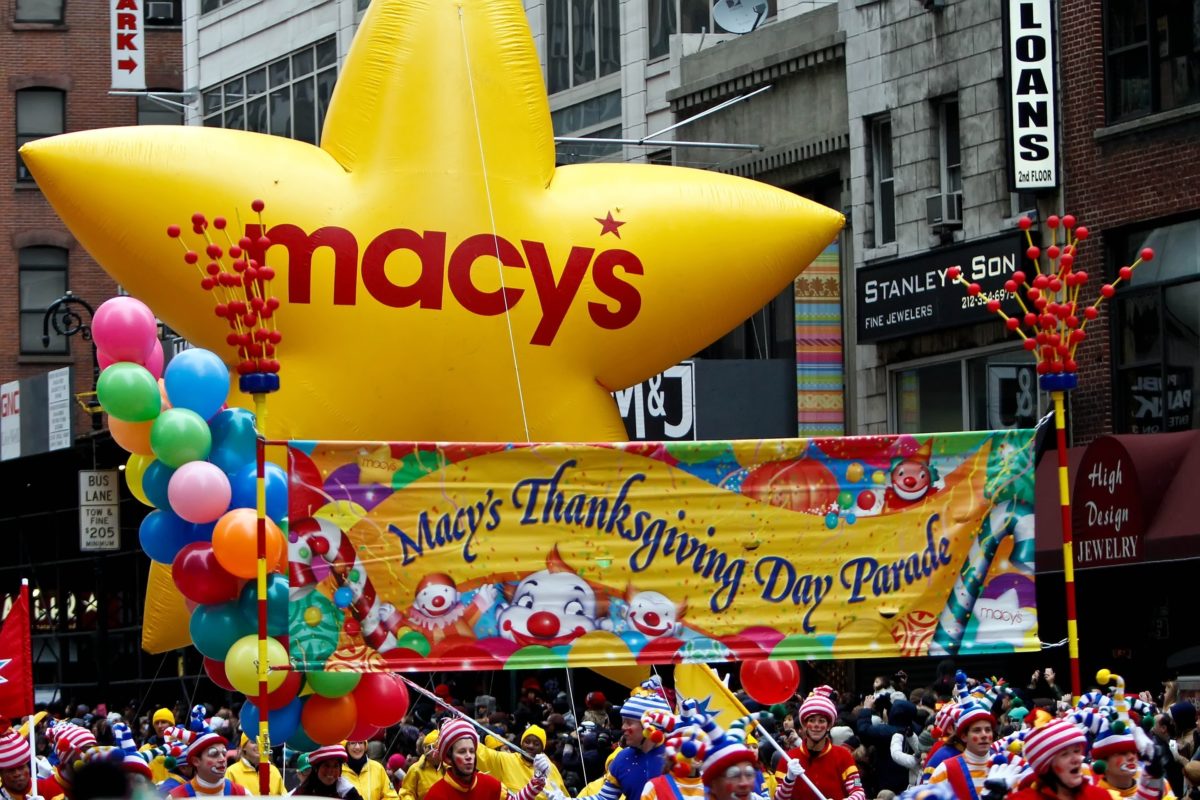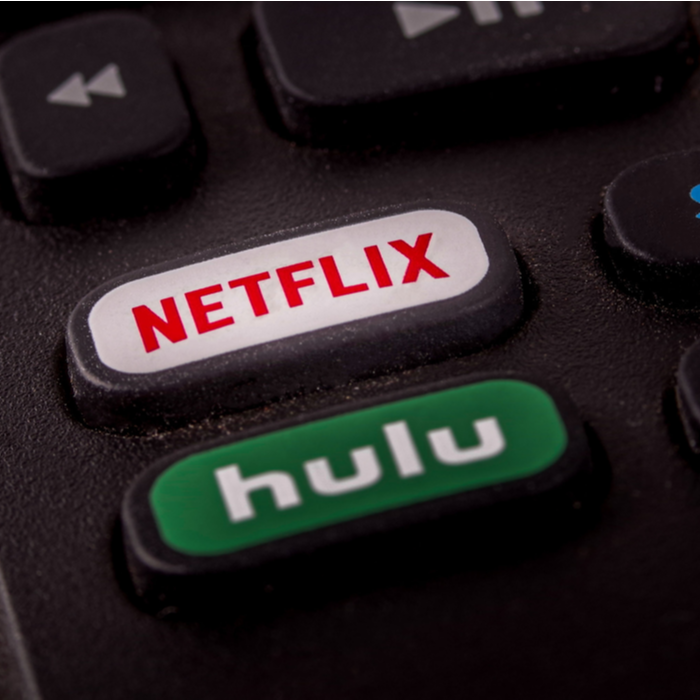
SEO vs. SEM: Understanding the Difference for Your Business Success
Diving into the world of digital marketing can be intimidating, but with even a little research, you may have seen the following two acronyms: SEO and SEM. Both are pivotal for online success, yet they serve distinct functions. To make informed decisions about your digital strategy, it’s essential to understand the nuances between them.
What is SEO?
Search Engine Optimization (SEO) is the art and science of enhancing a website’s visibility in organic (non-paid) search engine results. This is achieved through a combination of on-page and off-page strategies.
Key Components of SEO:
- Keyword Research: Identifying and targeting specific search terms that your audience uses.
- On-Page SEO: Ensuring that your website’s content, meta tags, URL structure, and more are optimized for relevant keywords.
- Off-Page SEO: Building high-quality backlinks from authoritative websites and managing a clean link profile.
- Technical SEO: Optimizing the backend of your website, such as site speed, mobile optimization, and schema markup.
Benefits of SEO:
- Sustainable long-term growth
- Cost-effective in comparison to paid strategies
- Builds trust and credibility
What is SEM?
Search Engine Marketing (SEM), on the other hand, encompasses a broader scope than SEO. It involves promoting websites by increasing their visibility in search engine results pages (SERPs) primarily through paid advertising.
Key Components of SEM:
- Pay-Per-Click (PPC) Advertising: Ads that appear at the top or bottom of SERPs. You pay only when someone clicks on your ad.
- Display Ads: Visual ads that appear on partner websites.
- Retargeting/Remarketing: Ads targeted towards users who have previously interacted with your website or brand.
- Keyword Bidding: Competing with other businesses for ad placements based on keyword searches.
Benefits of SEM:
- Immediate visibility in SERPs
- Precise targeting options
- Performance is easily measurable
SEO vs. SEM: Which is Right for Your Business?
- Budget Considerations: SEO requires a long-term approach and patience for substantial ROI. SEM, while requiring a budget for ad spend, offers quick returns.
- Competitive Markets: In highly competitive niches, SEM can provide a foothold, while SEO can be more challenging.
- Brand Awareness vs. Quick Conversions: SEO builds brand trust and organic credibility over time. SEM offers immediate visibility and quick conversions.
SEO and SEM in Harmony
Rather than viewing SEO and SEM as competing strategies, the most effective digital campaigns often combine both. SEO lays a strong foundation of organic visibility and trust, while SEM offers immediate results and targets niche audiences. By understanding the unique strengths of each and integrating them effectively, businesses can optimize their online presence and achieve sustainable growth.
Looking to Navigate the SEO vs. SEM Battlefield? Don’t go it alone. With our team by your side, you’re equipped with the expertise & resources to dominate both arenas. Let us optimize your journey to online success, call us today at 904-355-1766, or contact us at support@madmenmarketinginc.com!

Parsing Through the Costs of the Macy’s Thanksgiving Day Parade
Originating as “Macy’s Christmas Day Parade” with live animals in 1924, the modern Macy’s Thanksgiving Day is a cherished hallmark of our country, garnering millions in both views and dollars every year.
Costing anywhere from $10 million to $13 million in production cost on an annual basis, families have a tradition of remaining glued to the TV as they watch wondrous floats followed by dizzying dancers and famous musical artists take spotlight after spotlight.
However, up until this year — when Peacock officially grabbed at the opportunity to be the one and only streaming platform to feature the parade — the event only aired on broadcast television, leaving marketers wondering whether it was worth the cost of sponsorship in a world that has been increasingly concerned with digital consumerism.
Our take on it? Absolutely, it still pays off. Here’s what to keep in mind:
The “Why”
Let’s face it: The Macy’s Thanksgiving Day Parade is here to stay.
Most would agree that simply partaking in the parade is an honor, offering companies the opportunity to showcase their commitment to American ideals and unity. And what better way to boost your brand reputation than to contribute to a national sense of holiday joy?
But warm and fuzzy sentiments aside, the reason a company might choose to participate as a sponsor of the Macy’s Thanksgiving Day Parade is simple: for the sheer amount of views they’ll amass.
This year, “NBC’s coverage of the Macy’s Thanksgiving Day Parade drew a total of 25.4 million total viewers and a 6.4 rating in the adults 18-49 demographic on Thursday across the live broadcast and encore immediately after,” according to Deadline.
What’s more, with holiday shopping on the horizon for most households, even an ephemeral appearance of your brand’s logo on a float may be all it takes to plant a spending seed in the mind of your potential customers.
The “How Much”
As large companies generate considerable returns on their investment following the Thanksgiving Day Parade, it makes sense that many would clamor to purchase ad space while the renowned parade airs live.
“In 2019, the network generated an estimated $49.2 million in ad revenue from the Macy’s Thanksgiving Day Parade, while The National Dog Show brought in $11.7 million and the prime-time NFL game … yielded $72.1 million,” as reported by AdWeek. “That’s close to $133 million in ad revenue for the three events.”
And comparing that to the aforementioned $13 million production price tag? Well, yeah, let’s just say that’s not bad at all.
That being said, for those looking to skip the traditional commercial ads and actually be recognized in one of the nation’s most beloved and non-controversial events of all time, businesses may also opt to sponsor the balloons themselves.
In fact, according to CBS News, brand new parade balloons cost sponsors approximately $200,000 each, or nearly $90,000 should they sponsor a returning balloon.
The Bottom Line
Okay, so maybe your business isn’t quite ready to tackle the Macy’s Thanksgiving Day Parade, but that doesn’t mean you can’t hold onto it as a big audacious goal of your own.
And if you’re ready to embark upon the journey that will carry you into the right direction of growth, Mad Men Marketing can help you get there!
After all, here at Mad Men Marketing, we are rooted in the belief that brands should interact with their customers, not interrupt them. And what better way to grow than to have measurable goals and research experts at your fingertips? From traditional marketing expertise to digital strategy, social media engagement and more, our team is ready and waiting to reach new heights of gratitude and success.
So, if you’re ready to learn more, contact Mad Men Marketing today by calling (904) 355-1766!

Advertising Locally on Streaming TV
Advertising Locally on Streaming TV (specifically Hulu)
I think everyone knows what streaming TV is, but in the very basic terms, it is the digital distribution of any video content that is consumed on TV screens. Some popular platforms are Disney+, Netflix, Prime and for this article, Hulu.
I am focusing on Hulu because they are the first service to offer local insertions in their programming. This is huge for local advertisers! According to Nielsen, adults 18-34 traditional TV ratings have declined 69% since 2017. So in 4 short years, 70% of adults under 35 years of age, are no longer watching traditional, local news station content over the air, or through traditional cable service providers. I for one have been a huge fan of “Only Murders in the Building” on Hulu, and when a platform has successful content such as this, it increases usage in large numbers. As an example, I am now watching the Hulu platform almost daily at some point, whereas before the show, I did not.
So why is this important? Because like me, Hulu viewership is up in a big way. As Hulu puts it, we are starting to see GENERATION STREAM come to maturity and they consume their content almost exclusively on a streaming service. In fact, Hulu’s research points that ads on their platforms are 151% more engaging than linear TV. There are many reasons for this, but their limited content breaks and non-traditional approach to breaks in general, makes for a better user experience.
The new Hulu self-service option to buying and inserting ads locally in their programming, for as little as $500, is something I hope local companies will take advantage of!
Marketing Evolved
Consumers are continually becoming more and more sophisticated, especially in an age where we now quantify and track everything. This allows marketers and advertisers to embrace that kind of transparency, put together their own research, and disseminate that information to a more targeted audience, which makes your advertising far more efficient with fewer wasted dollars. The role marketing plays has become more comprehensive, including processes such as planning, implementation, and monitoring & analytics (Manning and Reece, 2008). Analytics have become increasingly important because consumers want to measure success and revise the plan of attack if there are any shortcomings. Instead of putting together a plan and putting the product out there for eyes to see, the marketer now needs to make sure the right eyes see it and with a certain amount of frequency.
At the end of the day, the name of the game is value, and what you can bring to the table will ultimately determine your level of success. Offering a superior value guarantees satisfaction which earns loyalty (Day, 1994). Marketing in contemporary America now favors the cultivation of relationships, proving once and for all that it is, and always has been, all about the people.
Research And Why We Love It
Research in marketing is utilized to discover consumer insights which, in turn, drives business decisions and the strategy that is to follow. The world is quickly beginning to quantify and track EVERYTHING (and I do mean everything). This is fantastic news for marketing and advertising. We can use these metrics to our advantage. As a matter of fact, we better use them because it's adapt or die out there.
Fortunately, Mad Men Marketing is ahead of the curve. Not only did we become the first in our market to begin using Rentrak, (a wonderful little tool that lets us target the appropriate media buy to your target audience) but we also offer customizable research delivery and custom-tailored case studies.
Why case studies, you may ask? They explore CAUSATION to underlying principles which allows us to tweek our approach. It is empirical research that investigates real-life phenomena. So while every other agency is out there telling you to “trust them”, we do not remain static in our approach like so many others. We are not so overzealous to think we get it right all the time. NO! We are dynamic. We will get you results, quantify them, and show them to you. We will constantly refine and improve our approach, guaranteeing the highest level of efficiency possible.
In 1985 Michael Porter attempted to improve upon Ricardo's comparative advantage and suggested his own theory of competitive advantage. This emphasizes production, efficiencies, and the acquisition of attributes that can be utilized to outpace the competition. Think of Mad Men Marketing as your Swiss Army Knife or the ace up your sleeve because we are delivering our clients comparables, measurables, and demonstrating causative reasons for market change utilizing a number of inputs.
In short, when you perform research, and you can deliver the goods to your client, you're allowing them to track progress….no matter how small it may be. This keeps clients abreast of changing market conditions and keeps them competitive in their industry.


